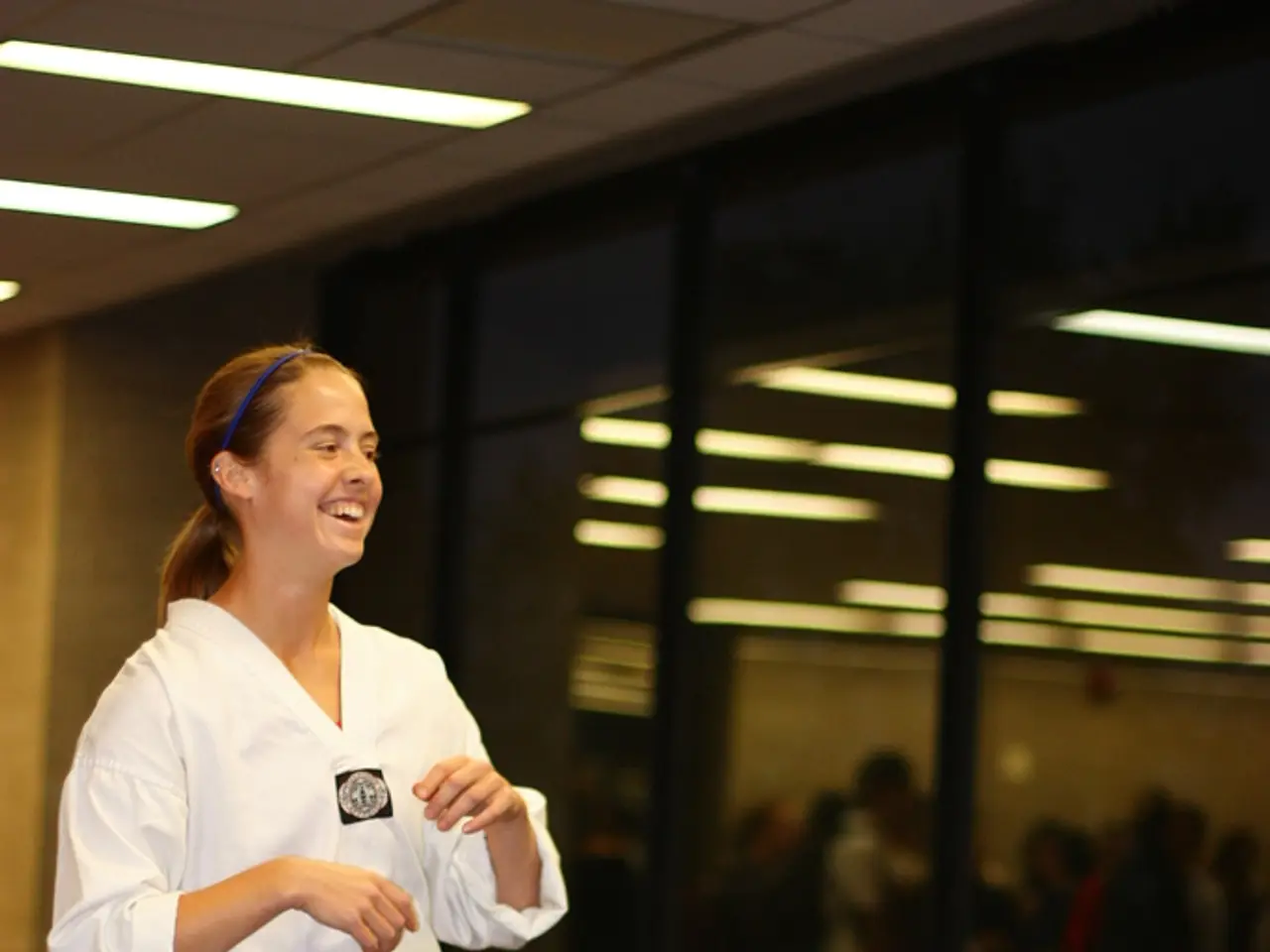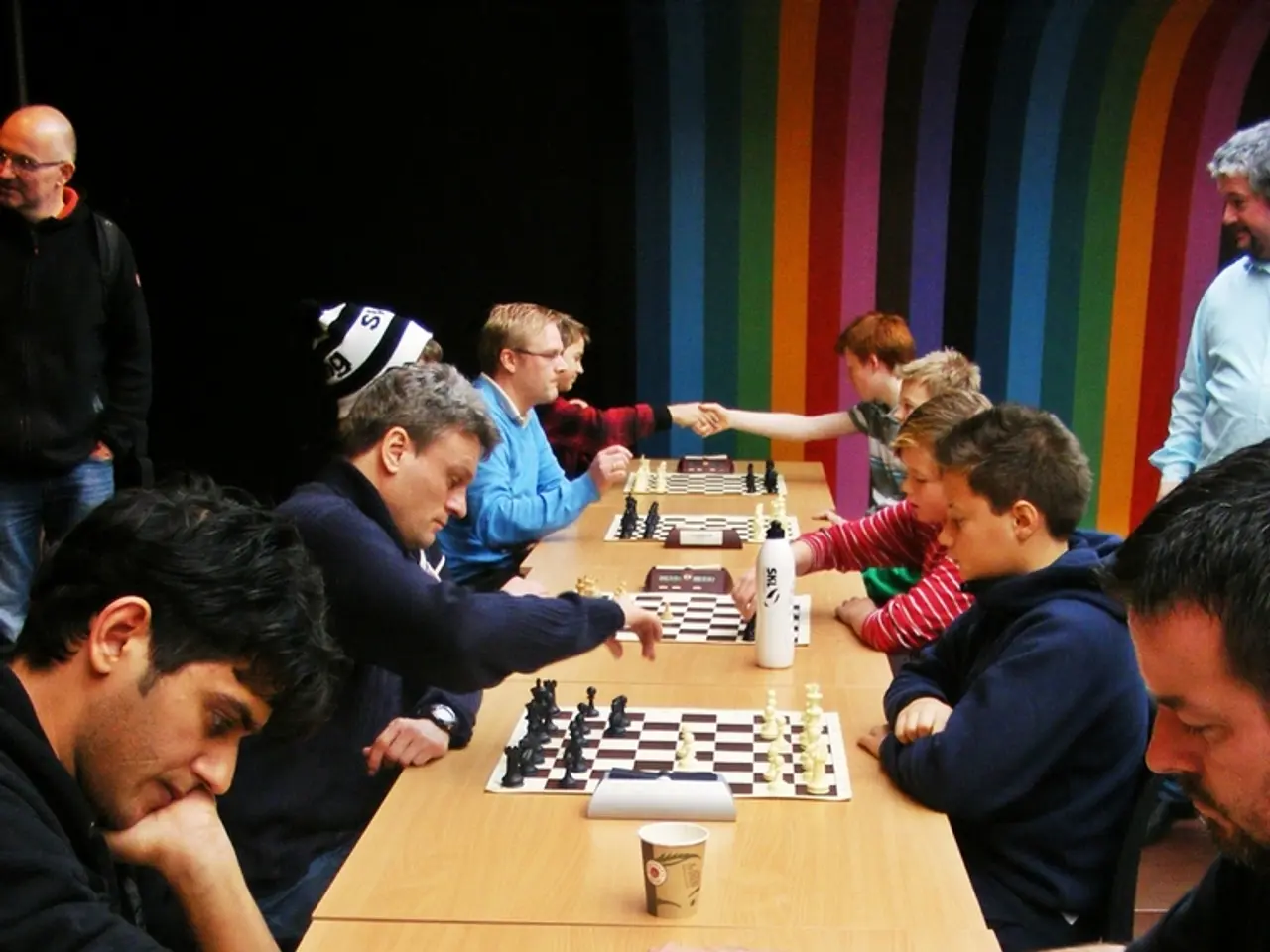Strategies for Successful Learning in University Life
Neil Fleming's VAK model identifies three primary ways of learning: Visual, Auditory, and Kinesthetic. This model recommends study strategies tailored to each style, helping learners to enhance their understanding and retention of information.
Visual Learners
Visual learners absorb information best through seeing and visualizing connections between topics. Effective study tips for visual learners include:
- Using images, charts, and diagrams to understand and remember information.
- Creating mind maps to organise ideas visually.
- Colour coding notes to identify key terms, difficult concepts, important rules, and patterns.
- Watching educational videos to supplement text-based learning.
Auditory Learners
Auditory learners learn best by listening and/or reciting. They benefit from strategies such as:
- Attending lectures and participating in discussions.
- Using mnemonic devices aloud to help remember information.
- Explaining concepts to others to reinforce understanding.
- Listening to recorded notes or podcasts to review material.
- Recording oneself reading notes aloud and listening back to aid memorization.
Kinesthetic Learners
Kinesthetic learners prefer learning through hands-on experience and movement. Study tips for them involve:
- Engaging in experiments and role-playing to understand complex processes or chains of events.
- Building models or using physical objects to represent abstract concepts.
- Practicing what you learn by doing the practice problems as you read your textbook.
- Taking frequent breaks to move around during study sessions.
- Relating learning to real-world activities or simulations to make the material more tangible.
Although Fleming's original VAK model has three modalities, the commonly expanded VARK model adds Reading/Writing as a fourth style, highlighting learners who prefer text-based input and output, using notes, lists, reading, and writing extensively.
In practice, combining multiple study techniques from different modalities can be beneficial, as many individuals have mixed learning preferences.
Personalized Study Tips: McGraw Learning Center
For personalized study tips, including learning strategies consultants who can help create a study plan tailored to a learner's needs, consider reaching out to the McGraw Learning Center.
[1] McGraw, R. M. (2016). Teaching for how students learn: A research synthesis with implications for K-12 practice. John Wiley & Sons.
[2] Dunn, W., & Dunn, J. (1999). The K-12 VARK Learning Styles Questionnaire: A tool for teachers. Routledge.
[3] Kolb, D. A. (2014). Experiential learning: Experience as the source of learning and development. Pearson Education.
- The McGraw Learning Center offers personalized study tips, including strategies for learners who prefer learning by reading and writing text, a style often referred to as the Reading/Writing modality in expanded education and self-development models.
- For junior paper writing or any other learning process, visual learners might find it helpful to use images, charts, diagrams, mind maps, and color-coding notes for a more comprehensive understanding and better retention of the information, as recommended by Neil Fleming's VAK model.




